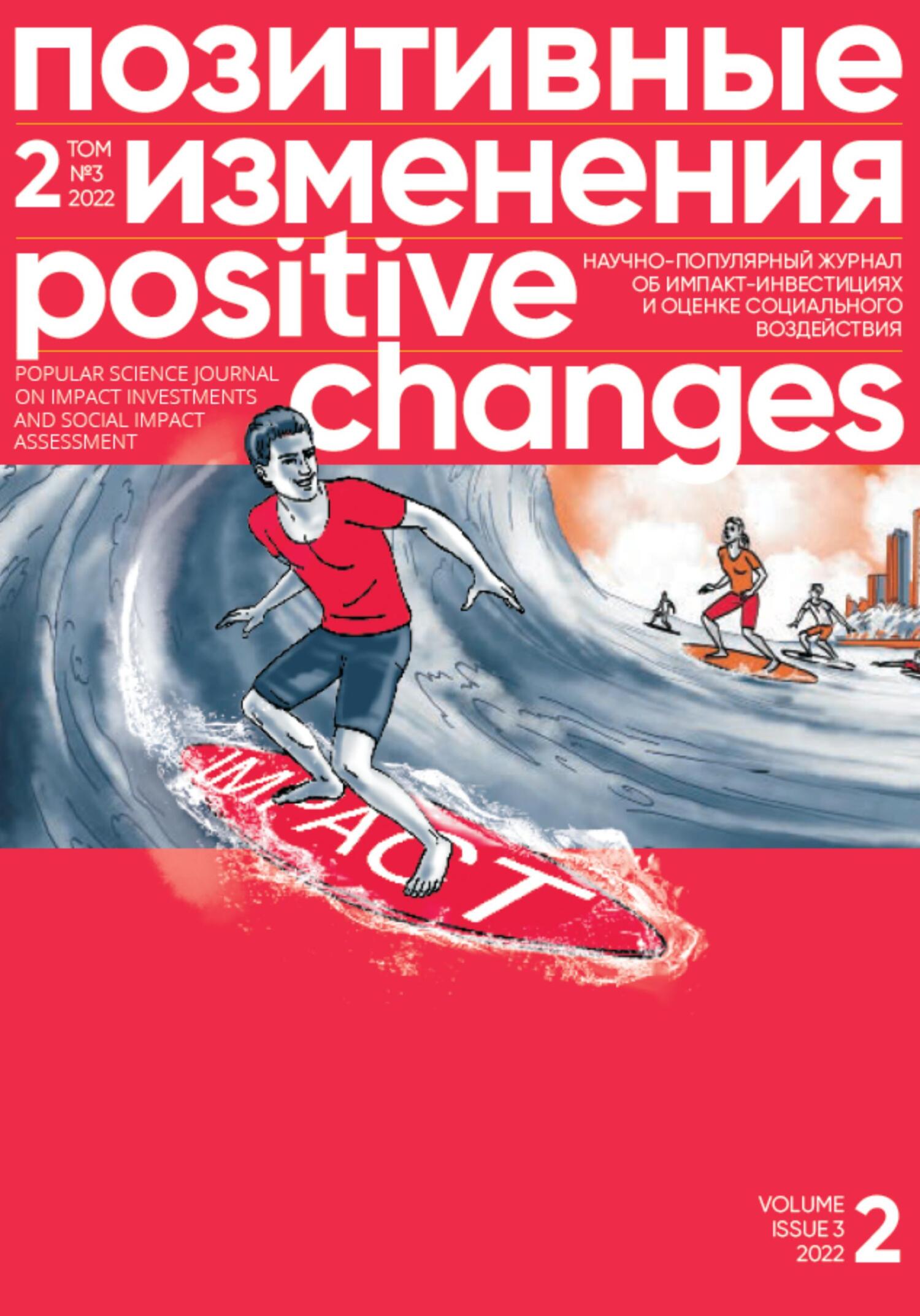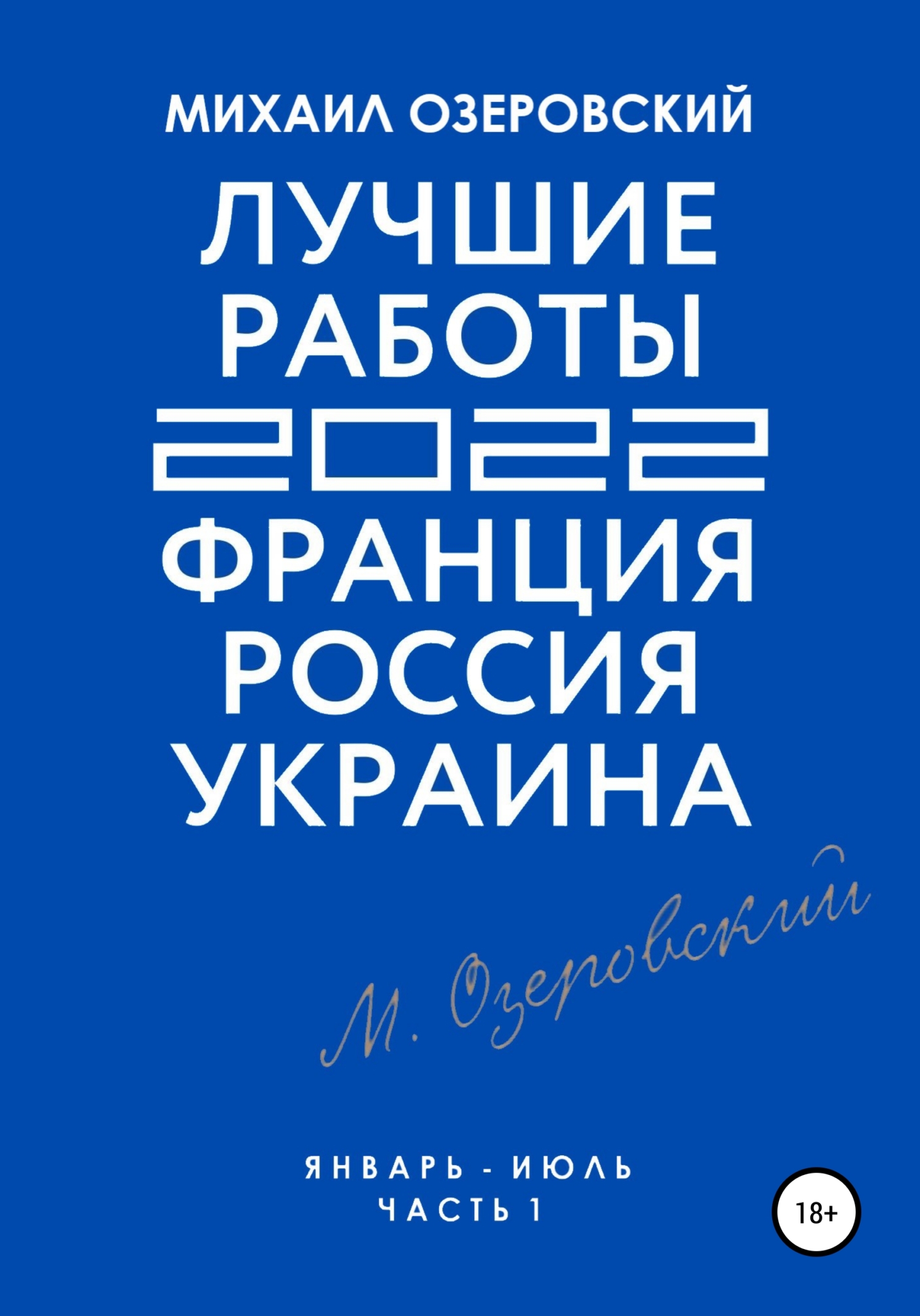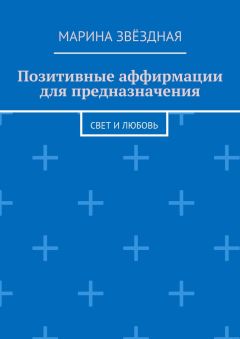Social Value International approach: https://www.socialvalueint.org/guide-to-sroi/.
SROI PRINCIPLES
SROI is an approach that allows for a variety of data collection and analysis methods as long as the same principles are followed.
Table 1. The SROI Principles and Their Implementation in the Evaluation of the Start Your Own Business Program
RESEARCH STAGES AND STAKEHOLDER ENGAGEMENT
Let’s look at the implementation of the SROI principles and approach with a specific example. The evaluation was conducted for OMK, a company supporting social entrepreneurs in the cities where it operates. The Start Your Own Business program has been in place since 2016, and was launched sequentially in three localities: Chusovoy (Perm Krai) in 2016, Blagoveshchensk (Republic of Bashkortostan) in 2017 and Vyksa (Nizhny Novgorod Region) in 2018. The Start Your Own Business program’s social return on investment was evaluated in May-June 2021 and included several steps.
SELECTION OF THE OBJECT OF EVALUATION AND IDENTIFICATION OF STAKEHOLDERS
Stakeholder involvement is a fundamental principle of SROI. Stakeholders are defined as everyone who is affected by the program and who affects it. A fairly wide range of stakeholders is taken into account, including those who are not directly involved in the activities under the projects. This approach allows us to gather more information and to see processes more broadly and deeply. In practice, however, experts encounter various constraints related to data collection. Finding the optimal balance of resources and stakeholder coverage, i.e., depth of evaluation, is an important task for the evaluator.
In our example, it was decided to include the social entrepreneurs themselves, the employees for whom they created jobs during the program (data collection was conducted through the social entrepreneurs), and local communities (data collection was conducted through the Social Innovation Centers in the regions and local administrations) among the program stakeholders.
The Start Your Own Business SROI analysis was conducted within a very tight timeframe, and there are serious limitations in identifying and including significant program stakeholders in the analysis.
The table presents the key stakeholders in the Start Your Own Business program, describes the possible impact on them, and provides information on whether and why they were included in the analysis (See Table 2).
Since social entrepreneurs are the main target audience of the Start Your Own Business program, it was decided to focus on them, while taking into account purely economic outcomes (in the form of tax deductions by SE and income of their employees) for other stakeholder groups in the SROI calculation. This decision is consistent with the first principle of SROI, to involve stakeholders, and the fifth, not to over-claim: since neither the SE staff nor the local communities were actually available to researchers, only those outcomes that could be established without their direct involvement were taken into account for them.
Table 2. Stakeholder Analysis of the Start Your Own Business Program
In addition, the outcomes for customers (users of goods and services provided by social entrepreneurs) were not included in the analysis and calculations in any form, because they were not available to researchers either.
With this restrictive approach to program outcomes, the researchers also decided to adjust contributions to the program and not include grants and investments in social enterprises from other sources in the main calculation. Thus, only all of OMK’s expenditures on the implementation of the program are accepted as a contribution to the program.
Thus, the SROI analysis includes complete data on program outcomes for social entrepreneurs and only economic outcomes for local communities and employees of social enterprises.
CREATING A SCORECARD
Based on the data from the program documents and interviews with the staff at OMK, a draft program scorecard was prepared for the SE, which reflected the main activities and changes planned as a result of these activities. The project was tested and refined with stakeholders in the next phase.
The figure 1 presents a scorecard of the Start Your Own Business program included in the analysis from the qualitative phase of the study, taking into account its resource and time constraints.
Figure 1. Scorecard for Start Your Own Business Program Included in the Analysis
COLLECTING QUALITATIVE DATA
The purpose of this phase is to clarify the outcomes, to obtain information about how changes are achieved with stakeholders, what positive and negative outcomes are associated with the activity.
As part of the qualitative phase of the study, interviews were conducted with representatives of local administrations and Social Innovation Centers in the regions where the program is being implemented, as well as with program experts, and focus groups with social entrepreneurs. The information was collected in focus groups at this phase of the study following the principle of saturation — when most information from the focus group got repeated, and the proportion of new material facts became minimal, the phase was completed.
According to the results of focus groups, in addition to the obvious outcome related to the growth of social entrepreneurs’ personal income, a number of other important metrics for them have been established.
Through training and participation in individual acceleration programs, program participants were able to acquire unique knowledge and skills in the field of social entrepreneurship. This outcome could be considered intermediate to the other outcomes of the project, but focus groups revealed that it was a value in itself to SEs, even if their business was not as successful as anticipated.
Despite the availability of various SE materials online and the existence of formal SE support centers, such as Social Innovation Centers, participants noted that there wasn’t a comprehensive training program available that would provide the necessary and sufficient knowledge to move from theory to practice.
The program participants found personal communication with mentors and acceleration program experts (for contest winners) to be the most valuable. They recognized this format as unique and unavailable elsewhere.
The material outcomes considered in further analysis included the following:
• Growth of








